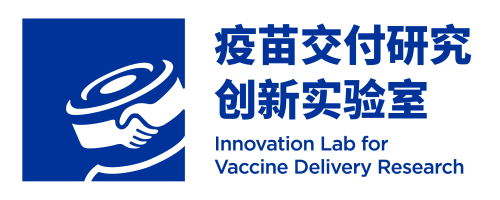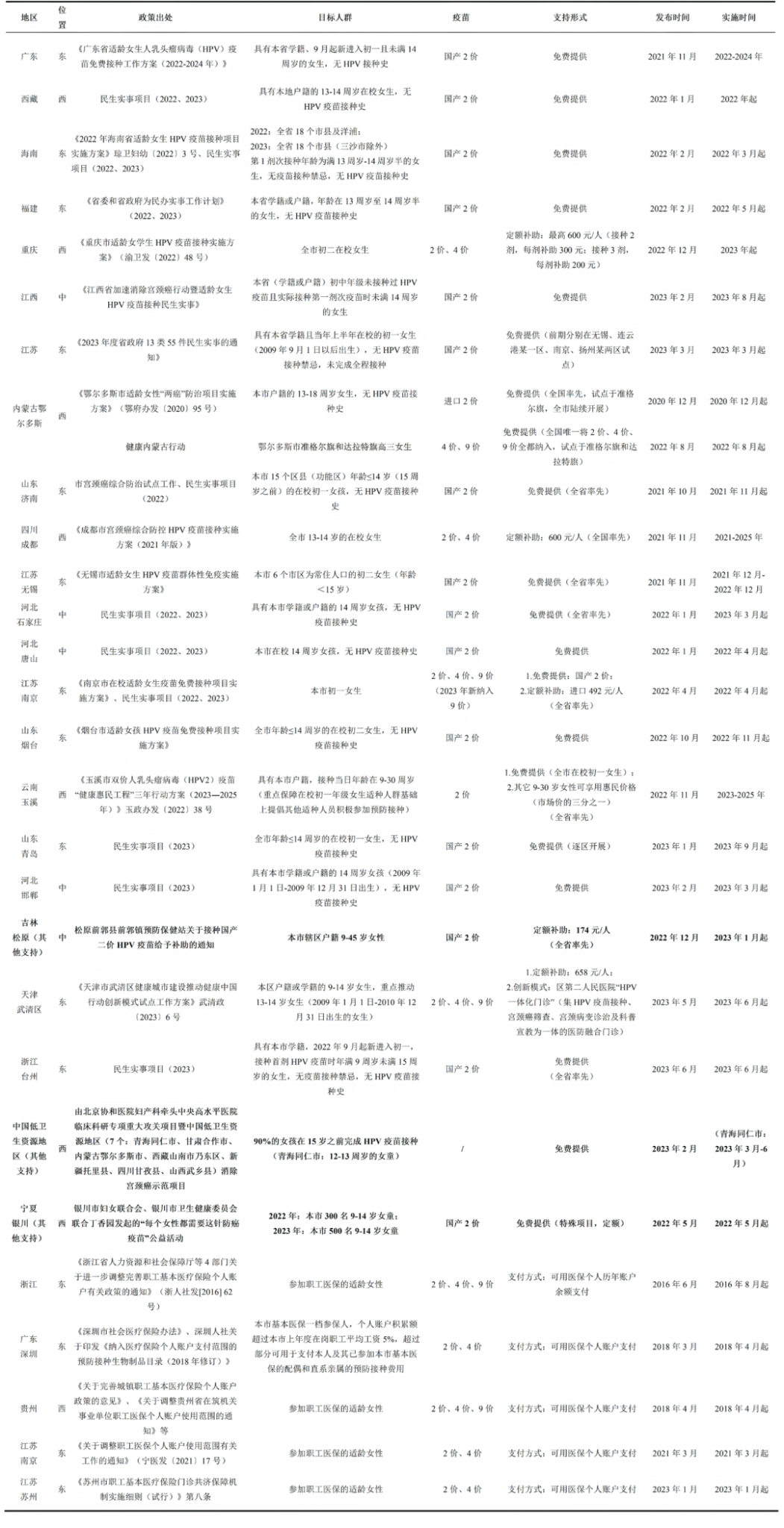Summary
Viet Nam, a lower-middle-income country with 98.9 million people, transitioned out of Gavi support in 2020 but remains eligible for support under the MICs Strategy. Its National Immunization Programme (NIP), established in 1981, includes 10 vaccines preventing 10 diseases. Vaccine coverage remains uneven across regions and ethnic groups, with migrant workers, residents in remote areas, and minority populations under-immunized.
The NIP is managed by the National Institute of Hygiene and Epidemiology (NIHE) under the Ministry of Health, with support from a functional NITAG providing evidence-informed recommendations and National Regulatory Authority (NRA) which ensures the safety and efficacy of vaccines. 75% of programme financing comes from the central government, while the local authorities. OOP, and external donors contribute the rest.
Immunization services are delivered through commune health centres, hospitals, and mobile units. Viet Nam has a dual system of vaccine delivery: EPI vaccines are offered on specific days free of charge, while non-EPI vaccines are accessible daily for a fee. Cold chain capacity has improved and is operated according to a three-tier supply chain system, though constraints remain for new vaccine introductions.
The National Immunization Information System (NIIS) integrates stock tracking (VaxTrak tool) and digital immunization registry (ImmReg) but faces challenges in data quality and uptake in private facilities. AEFI surveillance is implemented across all administrative levels.
The NIP country case was part of the WHO APO report Comparative analysis of the national immunization programmes in select ASEAN and SAARC countries: progress and challenges. The study was conducted by the VaxLab team in 2023-2024.
More in the report Chapter 2 (PDF Page 55/154):
https://iris.who.int/bitstream/handle/10665/380387/9789290620785-eng.pdf?sequence=1&isAllowed=y
Content Editor: Tianyi Deng
Page Editor: Ruitong Li





